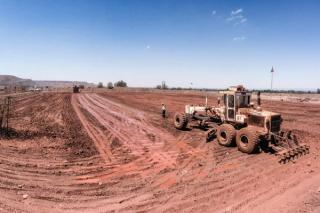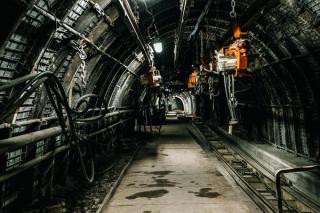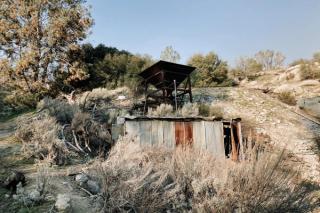

Challenge
The Giant Mine, located in Yellowknife, North west Territories in Canada, is currently undergoing closure by Aboriginal Affairs and Northern Development Canada. The mine includes both open pit and underground workings.
Arsenic trioxide dust from the onsite roaster was deposited in portions of the underground workings behind concrete bulkheads. Permanent closure of the mine includes freezing of the arsenic trioxide chambers, demolition of the surface facilities, flooding of the under-ground mine workings, mine water treatment, creek diversions, and the capping of tailings disposal areas.
Solution
The Giant Mine includes a 5,000 feet deep underground mine, eight open pits, and four tailings facilities containing 16 million tons (Mt). Approximately 250,000 tons of arsenic trioxide derived from one roasting operations are stored in a dozen mine stores and specially constructed chambers (arsenic chambers) in the underground workings.
The Giant Mine closure plan includes in-situ freezing of the arsenic chambers for long term stabilisation, and underground and pit crown pillar stabilisation works to stabilise both the surface and the underground workings below the arsenic chambers to be frozen.
Impact
The IPRP has been reviewing and directing closure planning and design for the arsenic chamber freeze programme, and the underground mine access, flooding and stabilisation programmes.
